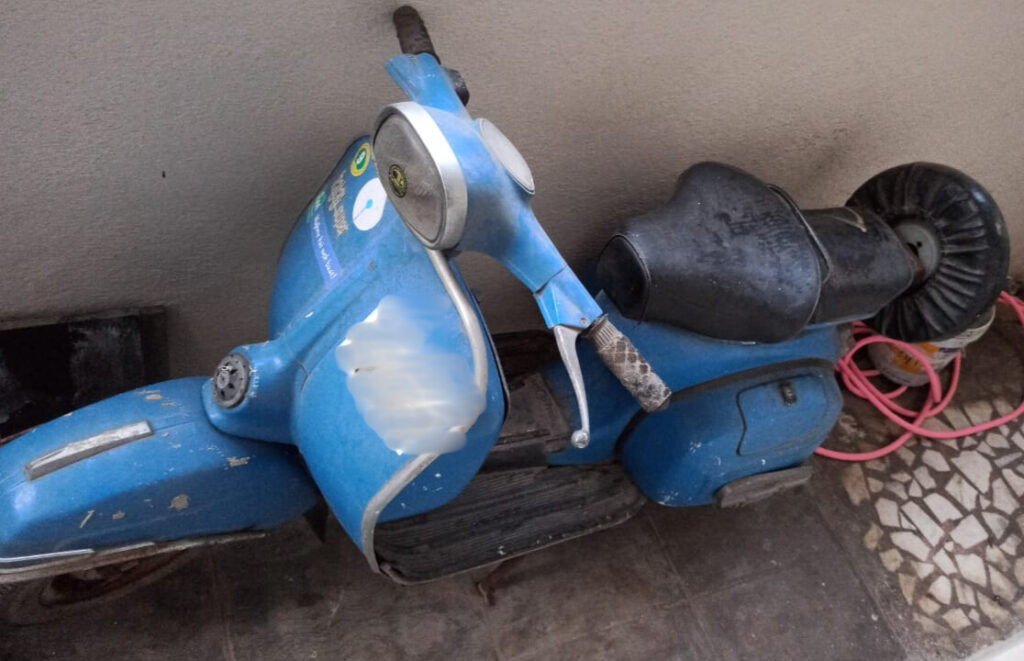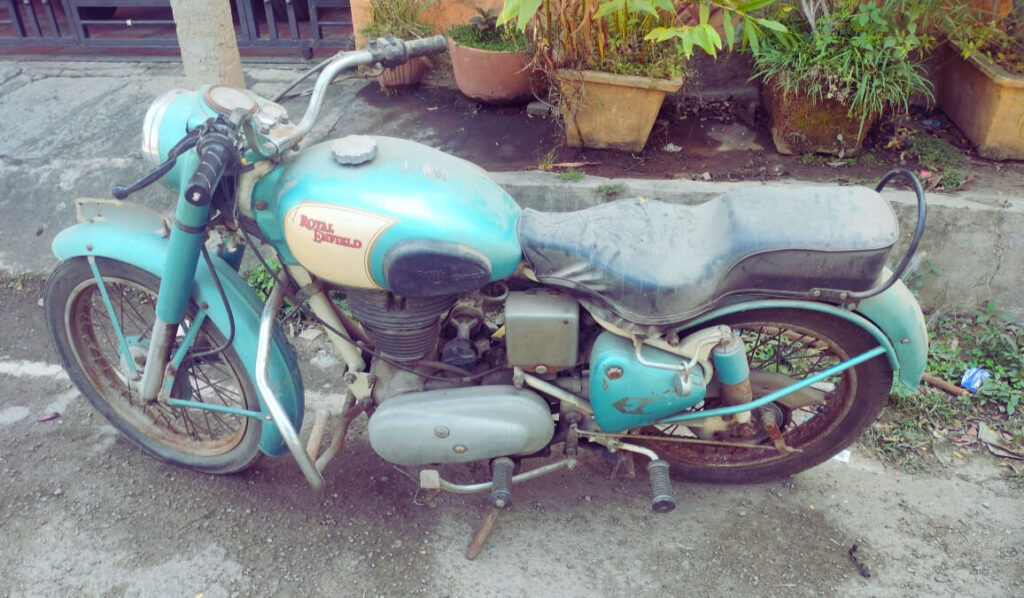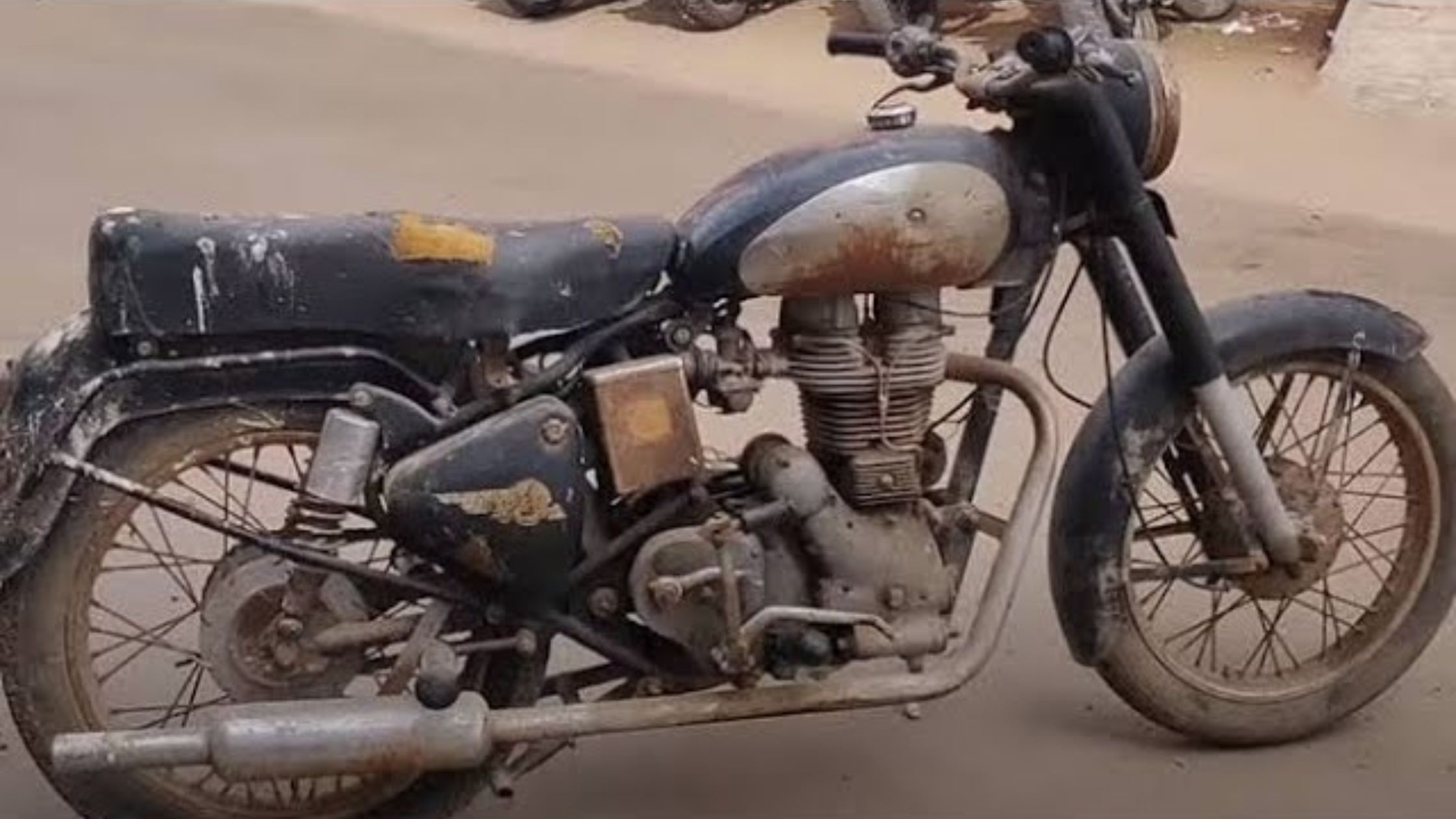Introduction

In today’s fast-paced world, two-wheeler scrap such as motorcycles, scooters, and mopeds have become an essential mode of transport for millions of people worldwide.
Whether it’s for commuting, leisure, or delivery services, these vehicles are part of the daily lives of many.
However, just like any machine, two-wheelers eventually reach the end of their useful life.
When this happens, they face a crucial process — two wheeler scrap.
This process not only deals with the disposal of the vehicle but also its recycling to recover valuable materials.
In this blog post, we will explore the two-wheeler scrap industry, its importance in terms of sustainability, and the various procedures involved in scrapping a two-wheeler.
As we dive deeper, we will also discuss the environmental impact, government regulations, and the emerging trends in this industry, shedding light on the growing need for effective and responsible recycling.
The Growing Need for Two-Wheeler Scrap
As urbanization accelerates and the number of vehicles on the road continues to rise, the issue of managing aging and inefficient two-wheelers has become more critical.
Scrapping old two-wheelers is emerging as an essential solution to reduce pollution, alleviate traffic congestion, and promote a more sustainable future.
Several factors contribute to the growing need for two-wheeler scrapping, and understanding these reasons can help pave the way for cleaner, greener cities.
Environmental Impact of Older Two-Wheeler scrap
Older two-wheelers, especially those that are more than 10-15 years old, often have outdated engines that are less fuel-efficient and emit a higher volume of pollutants.
These vehicles contribute significantly to air pollution, a serious concern in many urban areas, where vehicle emissions are a leading cause of poor air quality.
Scrapping these older two-wheelers ensures that only more efficient, environmentally friendly models remain on the road.
Economic Benefits of two wheeler Scrap
The economic impact of scrapping old two-wheelers is also noteworthy.
When people exchange their old two-wheelers for newer, more fuel-efficient models, they contribute to the revitalization of the automotive industry.
The scrapping of old vehicles can stimulate demand for new models, driving sales and encouraging manufacturers to invest in innovation.
Moreover, the process of scrapping and recycling old vehicles creates employment opportunities in various sectors, such as scrap collection, processing, and parts recycling.
Additionally, many countries and regions now offer incentives for scrapping old vehicles.
For example, owners of old two-wheelers may receive financial compensation or rebates for trading in their vehicles, which helps them afford newer, more efficient alternatives.
This economic incentive serves as a motivation for vehicle owners to scrap their old two-wheelers and embrace cleaner alternatives.
Reducing Traffic Congestion
Old two-wheelers are often unreliable, prone to breakdowns, and may not keep up with the demands of modern traffic conditions.
These issues not only create safety risks for riders but also contribute to traffic congestion.
As outdated vehicles clog the roads, the flow of traffic is disrupted, leading to longer commute times.
And an increased risk of accidents.
By scrapping old two-wheelers and replacing them with newer, more reliable models, the roadways can become safer and more efficient, alleviating traffic congestion and improving the overall quality of life for commuters.
The Role of Government Regulations
Governments around the world have recognized the need to address the growing problem of aging vehicles.
In India, for example, the government introduced the Vehicle Scrapping Policy in 2021, which aims to reduce the number of old, polluting vehicles on the roads.
The policy encourages vehicle owners to scrap their old vehicles and provides financial incentives to facilitate the process.
By setting up scrapping centers and offering attractive rebates, governments can ensure that older.
More polluting vehicles are safely disposed of, and their parts are recycled properly, further promoting sustainability.
The Two-Wheeler Scrap Process

The two-wheeler scrapping process involves the proper dismantling, recycling, and disposal of old, unusable, or end-of-life (EOL) motorcycles and scooters.
This process is designed to be both environmentally friendly and efficient.
As it aims to recycle the vehicle’s components, reduce waste, and ensure the safe disposal of hazardous materials.
With increasing concerns over pollution and the growing volume of old vehicles, the importance of vehicle scrapping has become more pronounced.
Here’s a detailed explanation of the two-wheeler scrapping process:
1. Collection and Inspection
The scrapping process begins with the collection of the two-wheeler from its owner.
The owner usually contacts a certified scrapping center or authorized recycler.
Who arranges for the vehicle to be picked up or dropped off at the facility.
Upon arrival, the vehicle is thoroughly inspected to determine its condition.
This step involves checking the bike’s overall state and identifying which parts can be reused, recycled, or safely disposed of.
2. Documentation and Ownership Transfer
Once the vehicle is inspected, the scrapping center will handle the necessary paperwork to transfer ownership of the vehicle to the scrapyard or recycling center.
In many countries, the scrapping center will issue a certificate of destruction (COD) or a scrap certificate.
Which serves as legal proof that the vehicle has been permanently decommissioned and is no longer on the road.
This is crucial for ensuring that the vehicle owner is not held liable for any future legal or environmental issues related to the vehicle.
3. Draining of Fluids
One of the first steps in the physical dismantling of the bike is draining all the fluids, such as oil, coolant, brake fluid, and fuel.
These fluids can be hazardous to the environment if not disposed of properly.
So they are safely collected and either reused or taken to specialized facilities for proper disposal.
This also helps prevent leaks and spills during the dismantling process.
4. Dismantling of Components
After draining the fluids, the two-wheeler is carefully dismantled.
The components are removed systematically to ensure they can be recycled or reused where possible.
This includes taking out parts such as the tires, battery, engine, exhaust system, transmission, handlebars, and other metal and non-metal parts.
5. Recycling and Reuse
Once dismantled, the recovered materials are sent for recycling or reuse.
Metals like aluminum, steel, and copper are melted down and repurposed for manufacturing new products.
Non-metallic components, such as plastic and rubber, are also processed for reuse in various industries.
The recycling of these materials significantly reduces the demand for raw materials, thereby contributing to environmental sustainability.
6. Safe Disposal of Hazardous Materials
Some components of the two-wheeler, like batteries, oil filters, and electronic devices.
It contain hazardous substances that must be disposed of safely to avoid environmental contamination.
Specialized waste management and disposal services handle these materials, ensuring they are dealt with according to environmental regulations.
7. Final Processing and Certification
After the components have been recycled or disposed of, the scrap facility compiles.
A final report documenting the vehicle’s dismantling and recycling process.
This final step ensures that all parts have been appropriately processed and disposed of in an environmentally responsible manner.
The Environmental Benefits of Two-Wheeler Scrap
As the world becomes increasingly aware of the need to address climate change.
And environmental degradation, governments and industries are seeking ways to reduce pollution and carbon footprints.
In many countries, two-wheeled vehicles such as motorcycles and scooters are common modes of transportation.
While these vehicles are often more fuel-efficient than cars, they still contribute to air pollution, greenhouse gas emissions, and resource depletion.
One effective way to reduce their environmental impact is through two-wheeler scrapping programs.
Scrapping old, inefficient, and heavily polluting two-wheelers offers several environmental benefits that can help create cleaner and more sustainable urban environments.
Reduction in Air Pollution

One of the primary environmental benefits of two-wheeler scrapping is the significant reduction in air pollution.
These emissions contribute to smog, poor air quality, and health problems such as respiratory diseases, heart conditions, and asthma.
Scrapping older vehicles and replacing them with newer, more eco-friendly models that meet stringent emission standards.
That can substantially reduce the number of harmful pollutants released into the atmosphere.
Lower Greenhouse Gas Emissions
Two-wheelers powered by internal combustion engines are a significant source of greenhouse gas emissions, primarily in the form of carbon dioxide (CO2).
The global demand for transportation has driven up the use of fossil fuels, leading to an increase in CO2 emissions, which contribute to global warming.
Scrapping old, inefficient two-wheelers and replacing them with electric vehicles (EVs) or more fuel-efficient models can help lower CO2 emissions.
Electric two-wheelers, in particular, offer a zero-emission alternative that, when powered by renewable energy sources.
That can drastically reduce the overall carbon footprint of transportation.
By encouraging scrapping and replacing old vehicles, governments and consumers can play an active role in combating climate change.
Resource Conservation and Recycling
Scrapping old two-wheelers also has benefits related to resource conservation.
Two-wheeled vehicles contain valuable materials, such as steel, aluminum, copper, rubber, and plastics, that can be recycled and repurposed.
Recycling also reduces the energy consumption required to produce new materials, helping to lower overall environmental impacts.
Encouraging Sustainable Transportation Choices
The promotion of two-wheeler scrapping is part of a broader shift toward sustainable transportation solutions.
By offering incentives for scrapping older vehicles, governments can encourage individuals.
To adopt cleaner, greener modes of transport, such as electric motorcycles and scooters.
These programs can also support the transition to public transportation or shared mobility solutions.
Further reducing the number of vehicles on the road and lowering overall traffic congestion and emissions.
Challenges in Two-Wheeler Scrap

The process of scrapping old two-wheelers, often referred to as vehicle recycling or disposal.
That plays an essential role in reducing environmental impact, improving road safety, and managing the vast number of vehicles that become obsolete.
However, the scrapping of two-wheelers presents a variety of challenges, from logistical to regulatory and environmental concerns.
1. Lack of Awareness and Infrastructure– two wheeler scrap
A primary challenge in the scrapping of two-wheelers is the lack of awareness among vehicle owners.
About the importance of responsible disposal.
Many people continue to use old, worn-out motorcycles and scooters even when they no longer serve their purpose efficiently.
This is often due to a lack of knowledge regarding the environmental and safety risks of keeping old vehicles on the road.
Without proper facilities, owners often resort to informal methods of disposal, which can be harmful.
2. Regulatory and Policy Gaps
Although many countries have recognized the need for vehicle scrapping programs, regulatory frameworks for two-wheeler recycling are often incomplete or poorly enforced.
For instance, without proper regulation, illegal dismantling operations may be conducted in unregulated settings.
Which could lead to hazardous waste disposal and unsafe working conditions.
3. Environmental Concerns– two wheeler scrap
Improper disposal of two-wheelers can have severe environmental consequences.
Old vehicles often contain hazardous materials, such as lead-acid batteries, oil, and other chemicals that, if not disposed of correctly, can contaminate the soil and water.
Additionally, the components of two-wheelers, such as tires and plastics, may not be recyclable in a traditional sense, which can lead to accumulation in landfills.
Without a proper recycling system, valuable resources like metals and plastics, which could otherwise be reused, end up being wasted.
4. Economic Factors
Scrapping old two-wheelers requires investment in specialized machinery, skilled labor, and adherence to safety standards.
For businesses in the recycling sector, this can be costly.
Many owners are reluctant to scrap their old vehicles due to the perception that it is not financially viable, as they may not see a clear incentive.
On the other hand, the lack of proper incentives or subsidies from governments may discourage owners from trading in their old vehicles for newer, more fuel-efficient models.
5. Informal Scrapping Practices
In many countries, the informal sector plays a large role in vehicle disposal.
While this may seem like a quick and cost-effective solution, informal scrapping practices often lack environmental safeguards.
This leads to the release of toxic materials into the environment
And even exploitation of workers who may be exposed to hazardous substances without protective gear.
two wheeler scrap- conclusion
the scrap of two-wheelers presents both an environmental and economic opportunity.
Recycling and reusing parts from old two-wheelers not only reduces the waste that ends up in landfills but also contributes to conserving valuable resources.
Proper disposal and recycling can help recover metals, plastics.
And other components, which can be repurposed for manufacturing new vehicles or other products.
Additionally, the sale of scrap parts can create economic value, supporting local economies and businesses.
As the demand for sustainable practices continues to rise, the efficient management of two-wheeler scrap is a crucial step towards a greener future and a more circular economy.
Explore the latest collection of cars from Mr. Firoz

Recycle your junk Bike for cash

